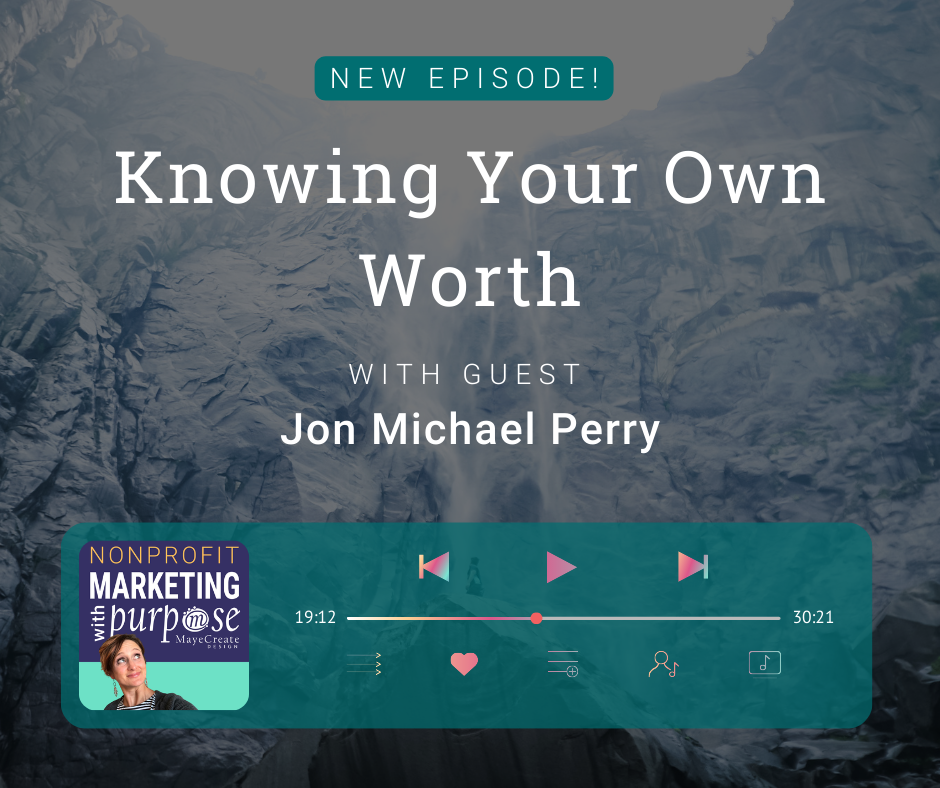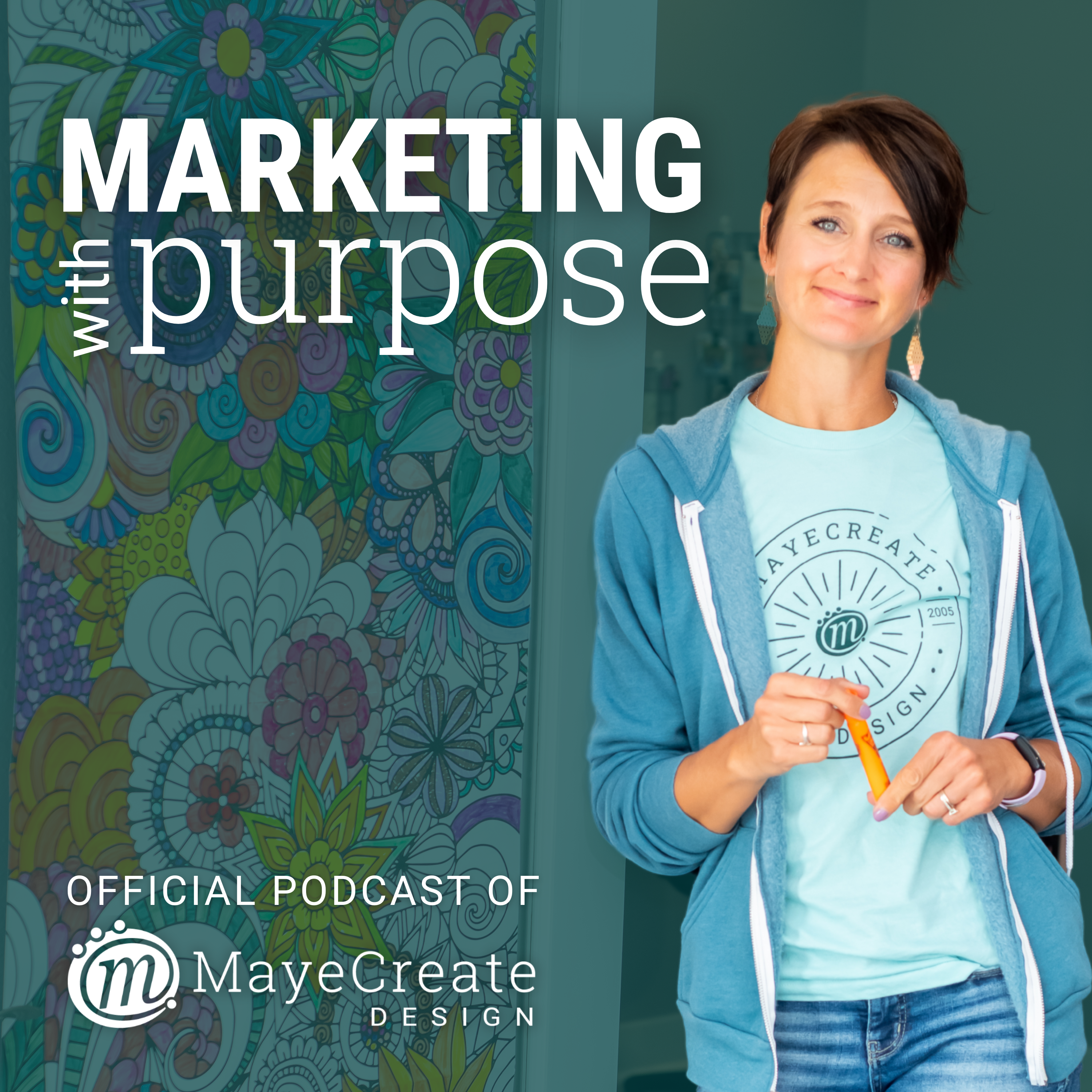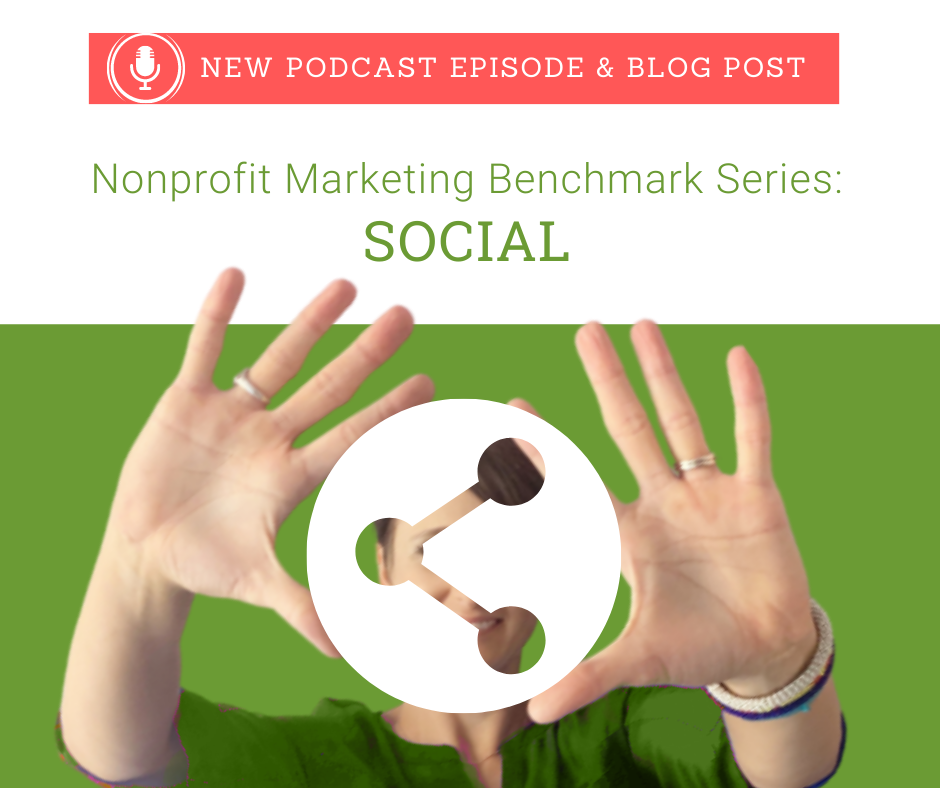Episode Transcript
Monica Pitts 0:00
The first online store that I ever built was for Millie's unique boutique. And it was like, before online stores were even a thing. And that was fun. It really was okay. And then I ventured out and I started building online stores in Magento. That was tricky, because it's written in XML. And it made no sense in my brain, my brain could not handle it, but I built them. And it was a thing. And then we moved on to building shopping carts in WooCommerce. And WooCommerce is the bomb.com. It does, I mean, you can make it do anything, you make it do anything you want it to do for a shopping cart, we actually made the equivalent of an online shopping cart for the Community Foundation of Central Missouri. And it allows 152 of our local nonprofits to run a year end online giving campaign. And it's all powered by WooCommerce. It's a big shopping cart. And people just choose the organizations that they want to donate to they choose how much they want to donate, and they add it to cart and they check out one time. And I mean, last year, we
Monica Pitts 1:14
raised almost $2 million with that sucker. That's amazing, right? So I tell you this, to let you know that shopping carts are something that I played with, right, we we know, we know how to build them over here, it may create, what we don't love is building shopping carts that people don't end up being able to use that eventually die a slow and painful death because it wasn't the right thing. Like people just didn't want to buy what they had to offer or it wasn't marketed properly. And that sucks. So the first thing I want to do is debunk this myth about online stores, people think all you need to do is build the online store and then you'll have customers. This is not true. It is not the Field of Dreams, my friends, they will not come just because you built your cart. They won't. And that is very, very sad. Okay, so you're going to need something and it's called an audience. Yeah, that's right, you have to have an audience. So just like any other business, that you start to have an online store, you have to have an audience. So maybe the first step for you having an online store isn't actually having an online store, maybe it's building an audience, you could first start by selling products on Etsy, or you could try to sell them on Amazon on Facebook marketplace, you could even just put them on your Facebook feed, and show people what you're doing and what you're making. You can make little videos of you making them or explain why your products are really amazing. So you have to get people to want what you have. And you have to have people who want to talk to you and learn from you. Right? Or else it's really hard to sell to them. So if somebody came to me, and they were like, Hey, I've got a bookstore, a thriving bookstore, and I want to put our books online, I would be like, Well, yeah, that makes perfect sense. Of course you do. Because that's great. You already have an audience. Or if people come to me, and they're a crafter. And they go to events all the time. And they set up a booth and, and they sell their crafts. And they go to these same places every year. And they sell things every year. And they want to have a shopping cart that makes perfect sense to me, because they already have an audience that they can sell to. People can't buy their products unless they go back to the conferences and the events again, and they don't necessarily they might not do that. So it's great. It's an extension of their business. It allows them to have flexibility, and it allows them to continue serving their audience. That's awesome. Those people have an audience. If you don't have those things, then I'm not sure that starting shop makes sense. Okay, so that's the first thing. You just need to make sure that you have an audience you have to meet people and have someone to sell things to, in order to invest in a store. It doesn't make sense to invest in a store if you don't have people to sell things to Okay, so start building an email list. Start building your social following, or heck, just start going around to craft shows and stuff and selling your things to people who are there. There's no there's like why not? Why not? Right? Gotta meet people have to have an audience. Okay, so that's the first thing I wanted to talk to you about. Setting expectations over here, right? Okay. So the second thing I want you to do is, if you even if you do have an audience, right, let's say you do have an audience. Let's say you're a nonprofit, and you're like, you know what, we could make some money if we started selling some T shirts and I'm that is not even weird to me, I think it's totally awesome. I love it. When nonprofits have a side hustle, it makes so much sense because you're generating awareness for your cause, especially when it's something apparel based, right? Because then people are wearing it. They're like walking billboards for what you do. That's kind of a powerful thing. And that's exciting, right? So, in that instance, if that's what you're thinking about doing, a lot of people will contact me and they'll be like, Okay, so we want to have this thing for our nonprofit, it's going to be a shop. And we want it to be a drop shipped, like individually made item, because we can't afford to do a big run of, we're gonna use t shirts, as an example, we can't afford to print a big run of T shirts, and then sell them one off, because we don't have the overhead or the capital to actually print these T shirts, and then just wait around to sell them. Friends, we're going about it the wrong way. Okay, first thing I want you to do is test the waters, test the waters, and do it at a time when you think people are going to buy. So for example, if you were a nonprofit, and you wanted to sell a t shirt, don't sell a billion T shirts, pick one t shirt, one, maybe two, if you've got a huge audience, but just just go all in on one, okay. And then I want you to email your list or put out those social posts or send out a mail or however you contact your list, right? And I want you to say, hey, this year, look at this cool t shirt that you can buy for people for Christmas. Isn't this really fun? All right. So that's the first thing, I don't want you to set up some elaborate checkout system. Don't even bother with it. No, at the most, I think you could literally set up a link that sends people over to stripe and has them pay for their T shirts. Now, here's the deal, you're gonna get all the orders for the T shirts. And if you get enough of them, then you're going to order them. And if you don't get enough of them, then you're going to refund their money and walk away. Because what you're doing is you're testing the waters. Okay, you're trying to see, do they actually want to buy this thing from me? Right? Is this something valuable to them? One of my nonprofit clients, they have a gift shop inside of their museum. And there, they've been thinking for years about having a online store to sell their wares. And my first advice to them was just that, pick something cool that you think people would like? And, and send an email and see, does anybody respond? Because if they don't, then how are they going to be making these purchases on their own without any prompting on a website that you built? That's a lot of money to invest, right? So you don't have to give them a billion options. You don't have to have them all ready to go. It doesn't have to be dropped, shipped, like, first test the waters, okay. And once you've tested the waters, then you can go as simple as humanly possible. You don't necessarily have to overcomplicate things. Let's say that you do have the museum shop, and you've got books inside your shop, could you potentially have a book club, where people subscribe, and you send them a book every other month, and everybody gets the same book every other month, think about how much simpler that is to fulfill those orders than it is to fulfill different books all over the place and trying to dropship things. Yes, drop shipping is amazing. Everybody loves the idea of drop shipping. But you also have to get it all to connect and behave. And that's just another layer of complication. Plus, you might not be making as much money on it, you're definitely going to make more money, if you're ordering a mass number of things at a discount and sending them out than you would be by drop shipping one off items. This is my guess, I don't know, I haven't done all the math research, definitely do the math, research yourself. But I want you to go as simple as possible. They fill out an email form, they join the book club, every other month, you send them a book, boom, there you go online shop, simple as can be. And then after that gets bigger and you get a bigger audience, and people are asking you for more things. Or maybe you decide to offer them more things, then you can go all out shopping cart on your website, but you don't have to start there. So the two things that I want you to take away from this conversation, or that I hope you're taking away from this conversation is that you need to have an audience in order to sell your products. So the most important thing before you even start building your shopping cart, is that you have people to sell it to. And then when you start selling it, do it as simply as possible. test out the waters. If you already have an audience and see can you make this thing work because you don't want to invest a bunch of money into a shopping cart that you're just never going to use it just it's the saddest thing when we build this beautiful shopping cart for someone and they can't get their marketing straight to be able to pull off the business concept. I know that it sucks that you would have to share your profits with Etsy or or with Amazon or even Facebook if you were to sell things on their marketplaces, but here's the deal, they have an audience. And there's people that are going to those places to find the thing that you sell already. And so you can capitalize on that reach, and you can borrow their audience until you've built up enough people to send folks back to your website or to actually build a website that people come back to. And if you are not willing to start by borrowing somebody else's online audience, because you're not comfortable with that,
Monica Pitts 10:34
I want you to think to yourself, how can I borrow the audience of another place that might allow me to start selling my product and build my audience? So for example, I used to sell jewelry when I was in my 20s. And I didn't actually sell it online. I went to the local salons in town, and I said, Hey, can I put my jewelry in your salon? And they were like, yeah, no problem. And I met people through their salon, they ran a successful salon, the people who went there about my jewelry, that would have been a great way for me to start making friends and start building an audience for my product, my daughter, chip off the old block, she feels like she wants to start a business selling Perler bead earrings. And I told her, Well, here's the deal, friend, we're going to do a fundraiser for your school. And we'll get a flyer. And we'll say, hey, go to this website, fill out this form order these earrings, it's a fundraiser for the school, um, like, you're not going to make a lot of money. But you are going to meet a lot of people by doing this school fundraiser. And then they're going to see, Hey, there's this really cool girl who goes to her school who makes these Perler bead earrings, we should support her right? And maybe you have another product or two where you show them what's what you're working on. So that way they see other things that you might be making that they might be interested in buying as well. So basically, what I'm saying is, if you want to sell things online, it's still like running a business. You're gonna have to figure out how you're going to meet people. So you can sell stuff to them. Yep, that's pretty much the long and the short of it. And until you figure that out, test stuff out, start small, and figure out the best way to do it. And you got this. And before you're like, Okay, well, now I don't even know where to start. I don't even know what to do. I would just start by talking to your friends and family, just start talk to people, ask them get their feedback. There's no harm in this. Okay? My daughter's really lucky because she has a mother who is an entrepreneur, right? She's lucky. That's cool for her. But not everybody has that. So just start by having conversations and gathering information. And then when you're ready, take a step, whatever step that is, which whichever direction you decide to go. So that way you can make a decision and get feedback from it. Even if you fail, even if you completely fail. And nobody decides to buy those Perler bead earrings from that school fundraiser. That's okay, because now you understand that that might not be your market, or maybe nobody wants to buy Perler bead earrings, you don't really know. You can go forth. And you can test both those theories and move forward with more knowledge than what you started with to begin with, right? Because every decision that you make every teeny tiny step that allows you to make the next decision and have more information so that way you can continue to grow your business and feel your dreams, friends. All right. So hopefully, I did not scare you away from selling things online. But I gave you some things to think about, right? Because that's what this episode was all about. So if you have now maybe, maybe, maybe the wheels are turning inside your head and you're like, wow, I do have some things to think about. And if that's happening to you, then I have done my job. And you could give me a high five by maybe giving me a review. That'd be pretty cool. If you left a review and let people know that I helped you then that will help me feed those algorithms in the podcast universe and find more people just like yourself and help them find solutions to start and grow their businesses and their organizations. All right, friends. Thank you so much for listening. And until next time, go forth and mark it with purpose.
Transcribed by https://otter.ai


